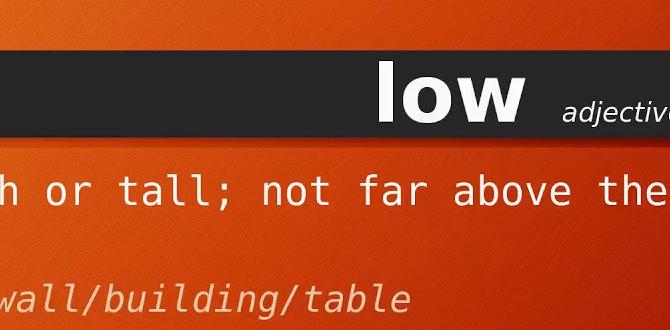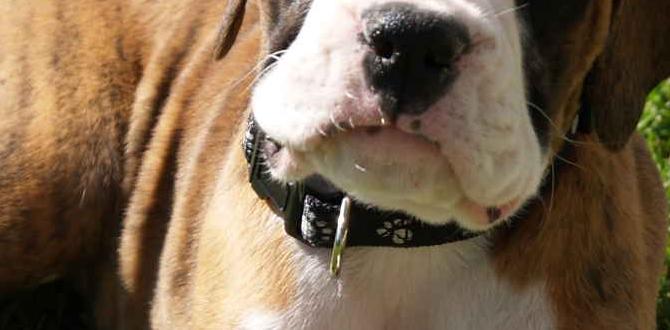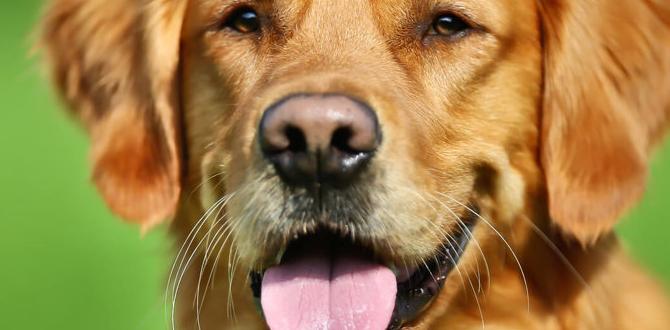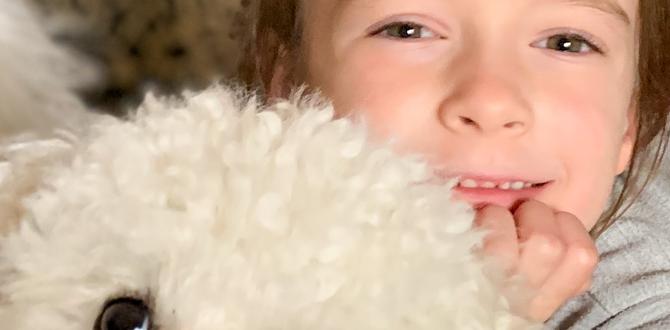Understanding and Addressing Common Dog Play Behavior Challenges
Dog play behavior solutions are often what dog owners seek when their furry companions exhibit behaviors that are either frustrating, concerning, or simply a bit beyond what they’re comfortable with. While play is natural and essential for a dog’s well-being, it can sometimes manifest in ways that require intervention. From overly boisterous play with younger children to persistent nipping or resource guarding during games, these challenges are common. The good news is that with a bit of understanding and consistent training, many of these issues can be effectively resolved, leading to happier, more harmonious interactions.
The Importance of Proper Play Etiquette
Before diving into specific dog play behavior solutions, it’s crucial to understand why proper play etiquette is so important. Play serves multiple vital functions for dogs: physical exercise to burn off energy, mental stimulation to prevent boredom and destructive behaviors, and social development. During play, dogs learn crucial communication signals, practice bite inhibition (learning how much pressure is acceptable), and build confidence.
When play goes awry, it can stem from a variety of factors. Puppies, for example, are notorious for their enthusiastic nipping as they explore their world and learn about boundaries. Adult dogs might have learned improper play habits from previous experiences, or they might be exhibiting a lack of impulse control. Sometimes, a dog’s breed or individual personality can also contribute to their play style. Recognizing the root cause is the first step towards finding the right solution.
Addressing Overexcitement and Rough Play
One of the most common play-related issues is overexcitement. Dogs that get too wound up during play might jump excessively, bark incessantly, nip too hard, or become generally unmanageable. This is particularly problematic when children are involved, as the dog’s exuberance can accidentally cause harm or distress.
For puppies, teaching bite inhibition is paramount. This involves yelping loudly and withdrawing attention immediately when they nip too hard. This mimics how littermates signal discomfort. For older dogs, the “RED LIGHT, GREEN LIGHT” game can be very effective. Start playing with your dog, and the moment they become too rough or overexcited, freeze completely, saying “REDS!” When they calm down even slightly (stop jumping, soften their mouth), praise them and resume play, saying “GREEN LIGHTS!” This teaches them that calm behavior is what earns them continued fun.
Another effective strategy is to manage the play environment. If your dog gets too excitable with certain toys or in certain situations, pause the game or remove the toy. Short, controlled play sessions are often more beneficial than long, overwhelming ones. Teaching a “calm” or “settle” command is also invaluable. Reward your dog for lying down and relaxing, even if it’s just for a few seconds. This provides them with an alternative behavior to fall back on when they start to feel overstimulated.
Solutions for Nipping and Mouthing
Nipping and mouthing, especially in puppies, is a natural behavior as they explore their surroundings and learn to interact. However, it needs to be redirected appropriately to prevent it from escalating into unwanted snapping or biting.
Dog play behavior solutions for nipping often involve a multi-pronged approach. As mentioned, the yelp-and-withdraw method is crucial for puppies. This teaches them that their teeth can cause pain and that inappropriate pressure leads to the immediate end of interaction. Beyond this, it’s essential to provide plenty of appropriate chew toys. If your dog nips at your hands, redirect them firmly to a suitable toy and praise them when they take the toy instead.
For more persistent mouthing in older dogs, it might indicate a lack of impulse control or an underlying anxiety. Positive reinforcement training that focuses on rewarding calm interactions and teaching impulse control exercises (like waiting for a treat or a toy) can be very beneficial. Avoid punishing the nipping, as this can make a dog fearful or even more prone to defensive biting. Instead, focus on teaching them what to do.
Addressing Resource Guarding During Play
Resource guarding, where a dog becomes possessive over a toy, food, or even a person, can be a serious concern during play. This can manifest as growling, snapping, or even biting when another dog or person approaches their prized possession.
The foundation for addressing resource guarding lies in building trust and teaching your dog that you are not a threat to their resources. Begin by desensitizing your dog to your presence near their valued items. Start by simply walking past your dog while they have a toy, offering a high-value treat as you do, and then continuing on your way. The goal is for your dog to associate your presence with good things, not with the loss of their item.
A key dog play behavior solution for resource guarding is the “trade up” game. If your dog has a toy, offer them something even more desirable in exchange. When they drop the toy to take the better treat, praise them enthusiastically. Gradually increase the challenge by offering the trade occasionally, and then returning the original toy. This teaches them that relinquishing an item can lead to a better reward, and that you will typically give the item back. It’s crucial to never forcibly take a resource from a dog that is guarding it, as this can escalate the behavior. If resource guarding is severe, seeking the guidance of a certified professional dog trainer or behaviorist is highly recommended.
Conclusion: Consistency is Key to Effective Dog Play Behavior Solutions
Developing appropriate play behavior in dogs is an ongoing process that requires patience, understanding, and consistency. By recognizing the underlying reasons for problematic behaviors, implementing these targeted dog play behavior solutions, and consistently reinforcing desired actions, you can foster a playful and positive relationship with your canine companion. Remember that every dog is an individual, and what works for one may need slight adjustments for another. Celebrate small victories, maintain a positive attitude, and enjoy the rewarding journey of a well-behaved, happy playtime with your furry friend.
Meet Elyse Colburn, the devoted canine companion and storyteller behind the enchanting world of “Tales, Tails, and Adventures Unleashed.” A passionate dog enthusiast with a heart full of paw prints, Elyse Colburn shares heartwarming tales and insightful adventures, celebrating the joy, loyalty, and endless antics that make every dog a true hero. Join Elyse Colburn on this tail-wagging journey, where every post is a love letter to our four-legged friends.





